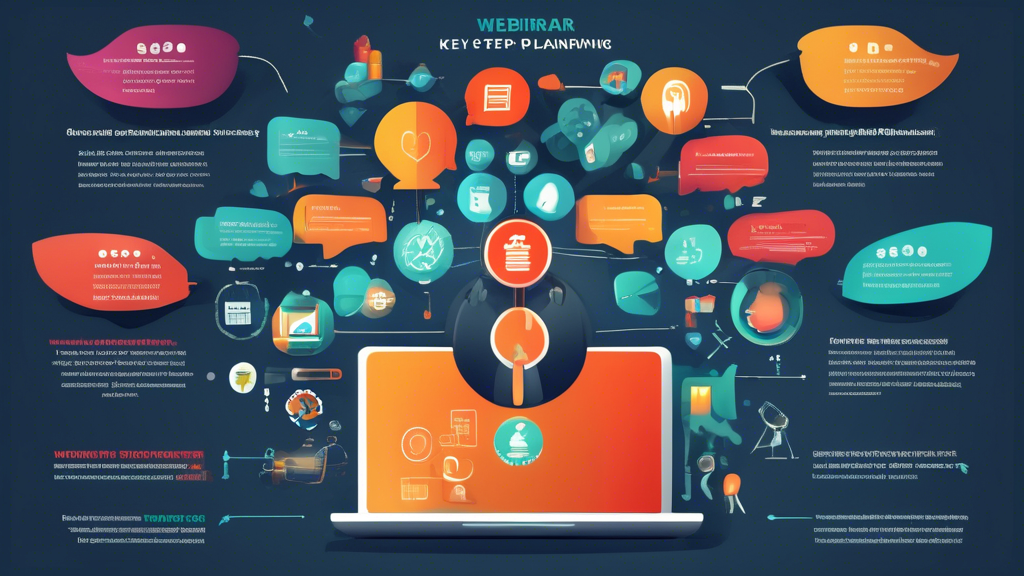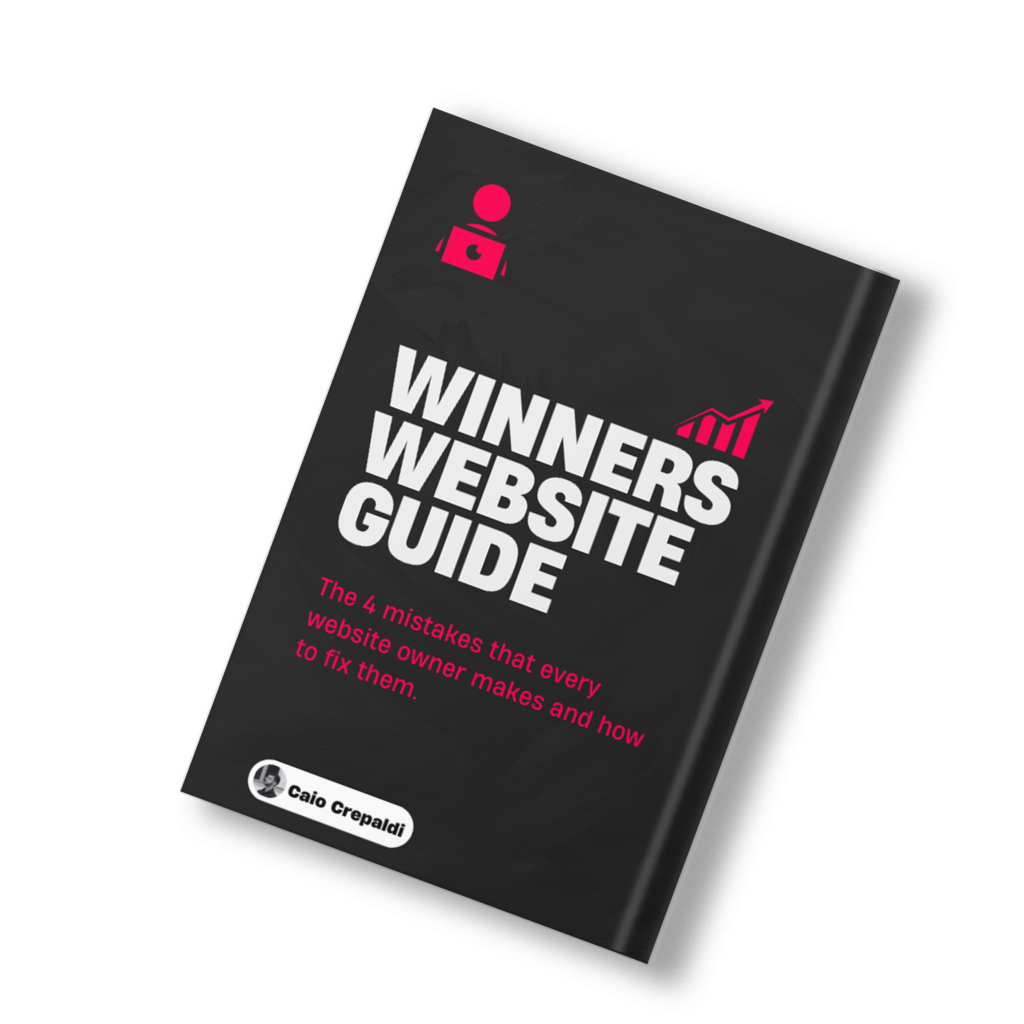Key Steps for a Successful Webinar
In today’s digital age, webinars have become an essential tool for businesses and organizations to connect with their audiences, share knowledge, and drive engagement. A successful webinar can help you reach a wider audience, establish credibility, and generate leads. To ensure your webinar is a success, here are some key steps to consider:
1. Define Your Objectives
Before you start planning your webinar, clearly define your objectives. What do you hope to achieve with this webinar? Whether it is to educate your audience, generate leads, promote a product or service, or simply build brand awareness, having a clear objective will guide the rest of your planning process.
2. Choose the Right Topic
Selecting a relevant and engaging topic is crucial for attracting attendees to your webinar. Consider the interests and pain points of your target audience and choose a topic that offers value and addresses their needs. Make sure the topic is timely, informative, and solves a problem for your audience.
3. Promote Your Webinar Effectively
To ensure a good turnout for your webinar, you need to promote it effectively. Utilize all available channels such as email marketing, social media, your website, and partnerships with influencers or industry experts. Create compelling visuals and copy that clearly communicate the value of attending your webinar.
4. Prepare Engaging Content
Creating engaging and informative content is key to keeping your audience interested throughout the webinar. Develop a well-structured presentation that includes a mix of slides, videos, live demonstrations, and interactive polls. Keep your content concise, relevant, and easy to understand.
5. Practice and Test Your Technology
Prior to the webinar, make sure to practice your presentation and test all the technology you will be using, such as your webinar platform, microphone, camera, and internet connection. Familiarize yourself with the features of the platform and troubleshoot any potential issues to ensure a smooth webinar experience.
6. Engage with Your Audience
During the webinar, encourage audience interaction by asking questions, conducting polls, and addressing comments or concerns in real-time. Engaging with your audience will make the webinar more dynamic and memorable, and help build a connection with your attendees.
7. Follow Up and Gather Feedback
After the webinar, follow up with attendees to thank them for participating and provide any additional resources or information discussed during the webinar. Send out a feedback survey to gather input on how you can improve future webinars and to gauge the overall success of the event.
By following these key steps, you can increase the chances of hosting a successful webinar that delivers value to your audience and achieves your objectives.




